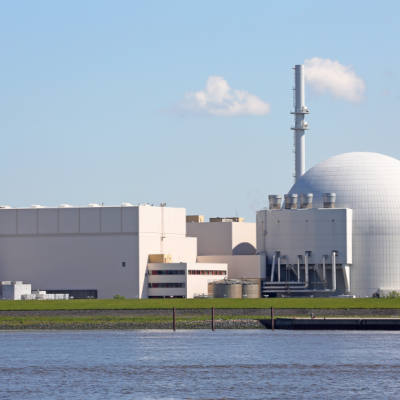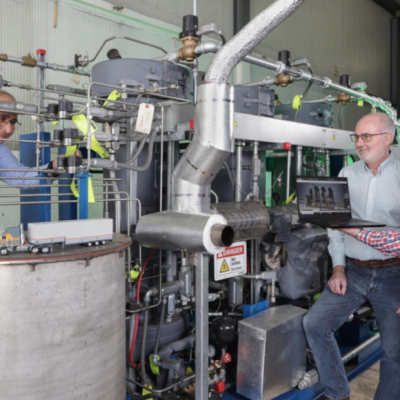Greenland to Get First Commercial Wind Farm for Green Ammonia Production
Greenland is set to receive its first commercial wind farm to produce electricity for the production of green ammonia on board a converted gas tanker. Ammonia is a compound of nitrogen and hydrogen, which is used in the production of fertilizers and can also be used as fuel for combustion engines. Currently, only a small percentage of the global demand for ammonia is produced using renewable energy sources. Norwegian company H2Carrier and Greenlandic wind energy company Anori have announced that they plan to produce green ammonia with a ship off the coast of Greenland, with the necessary energy being generated by the first commercial wind farm in Greenland.
The planned wind farm is expected to have a capacity of 1.5 gigawatts, but its location has not yet been announced. The electricity from the wind farm will power the P2XFloater, a former gas tanker that has been expanded with additional technology for the production of hydrogen and ammonia. The P2X technology uses electricity from renewable sources to produce heat, methane, or liquid fuels. The P2XFloater technology is based on a Floating Production Storage and Offloading Unit (FPSO), which is typically used in the production, storage, cleaning, and loading of oil or gas. In combination with an electrolyzer and other systems, ammonia can be produced on board the ship using the Haber-Bosch process.
According to Nicolai Fossar Fabritius, the chairman of Anori, the project will help achieve climate goals. “Currently, less than 1% of global ammonia consumption is produced from renewable energy sources. We need to reverse this trend and approach 100% as quickly as possible to achieve the goals of the Paris Agreement,” he said. Mårten Lunde, CEO of H2Carrier, believes that Greenland could take a leading role in the production of environmentally friendly ammonia thanks to the technology. “Any industrial use of ammonia is currently associated with significant CO2 emissions. Based on established and proven technologies with a solid safety record from the oil and gas industry, we have developed carbon-free solutions for ammonia, which is an important ingredient in agriculture and the food industry,” he said.










